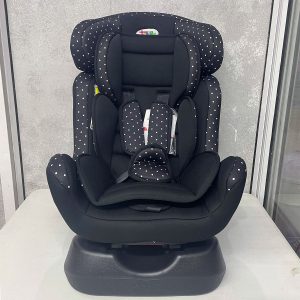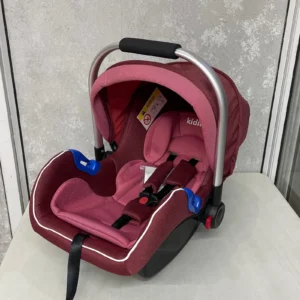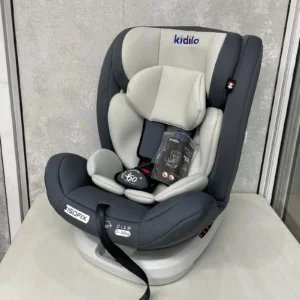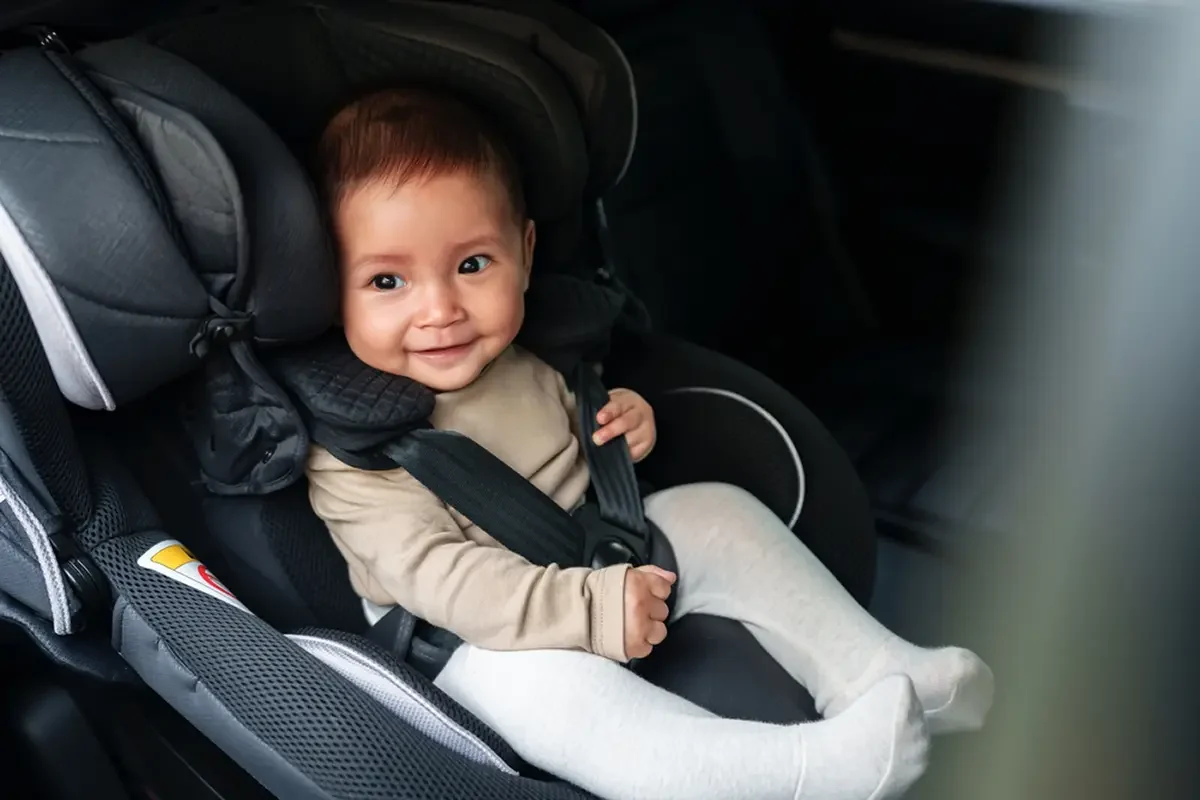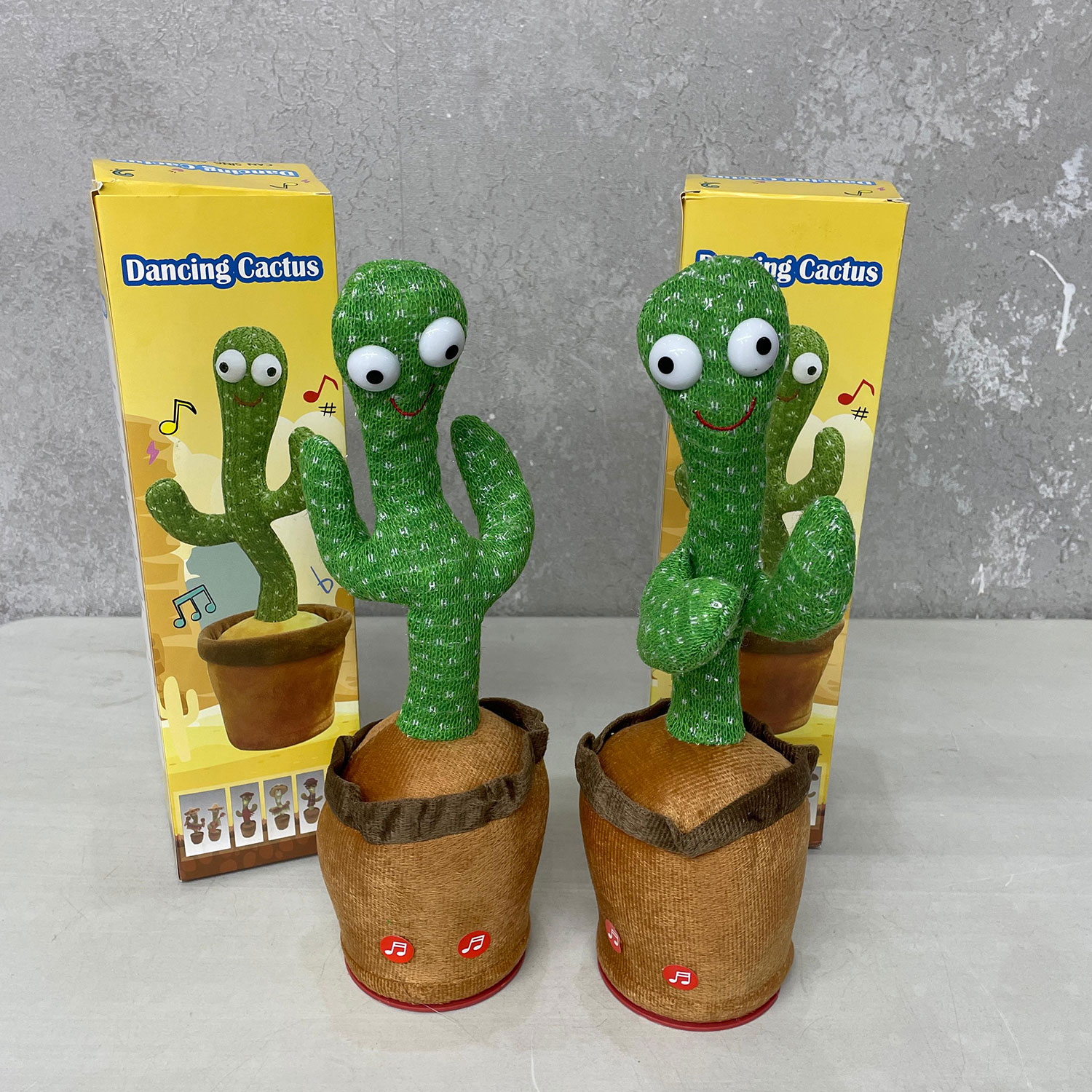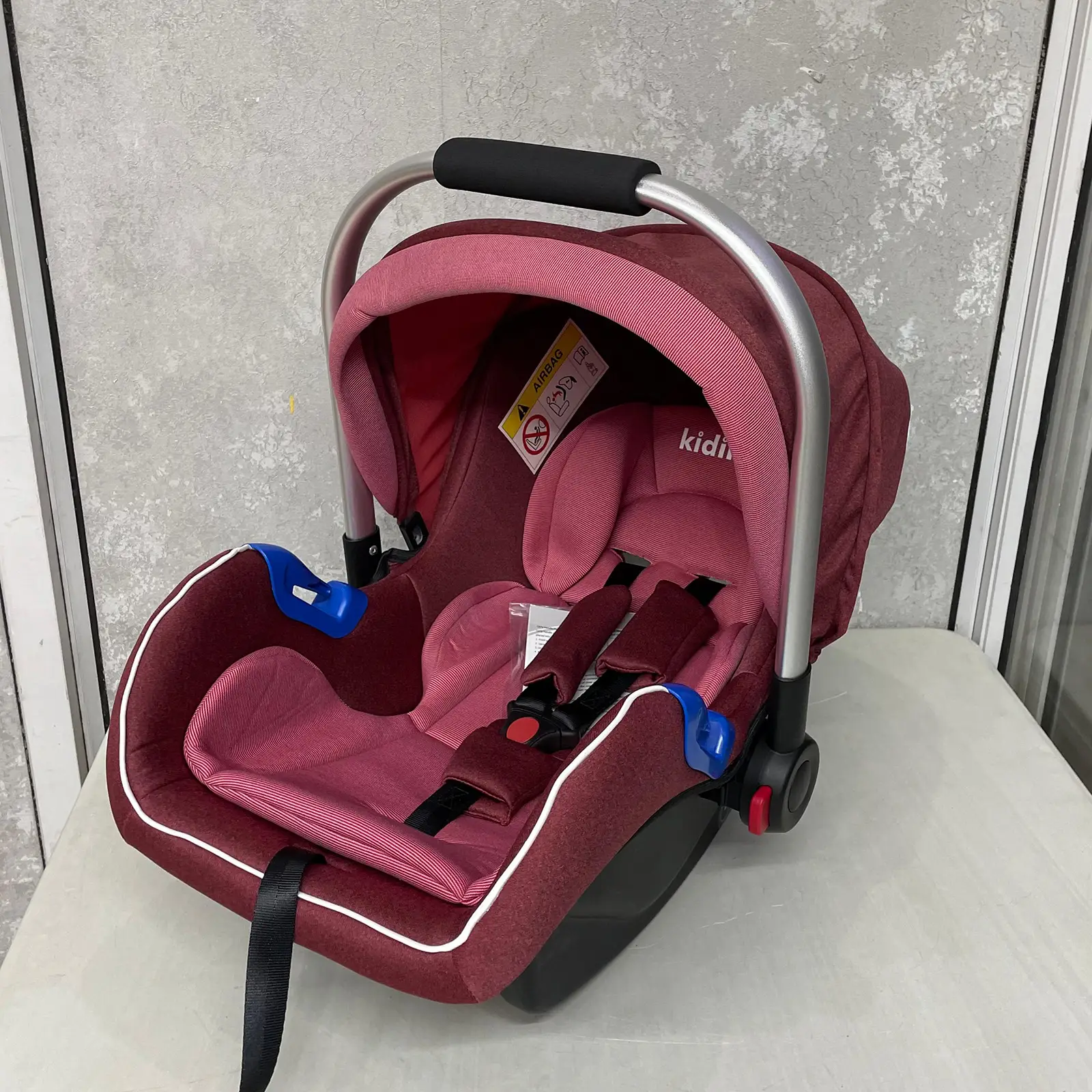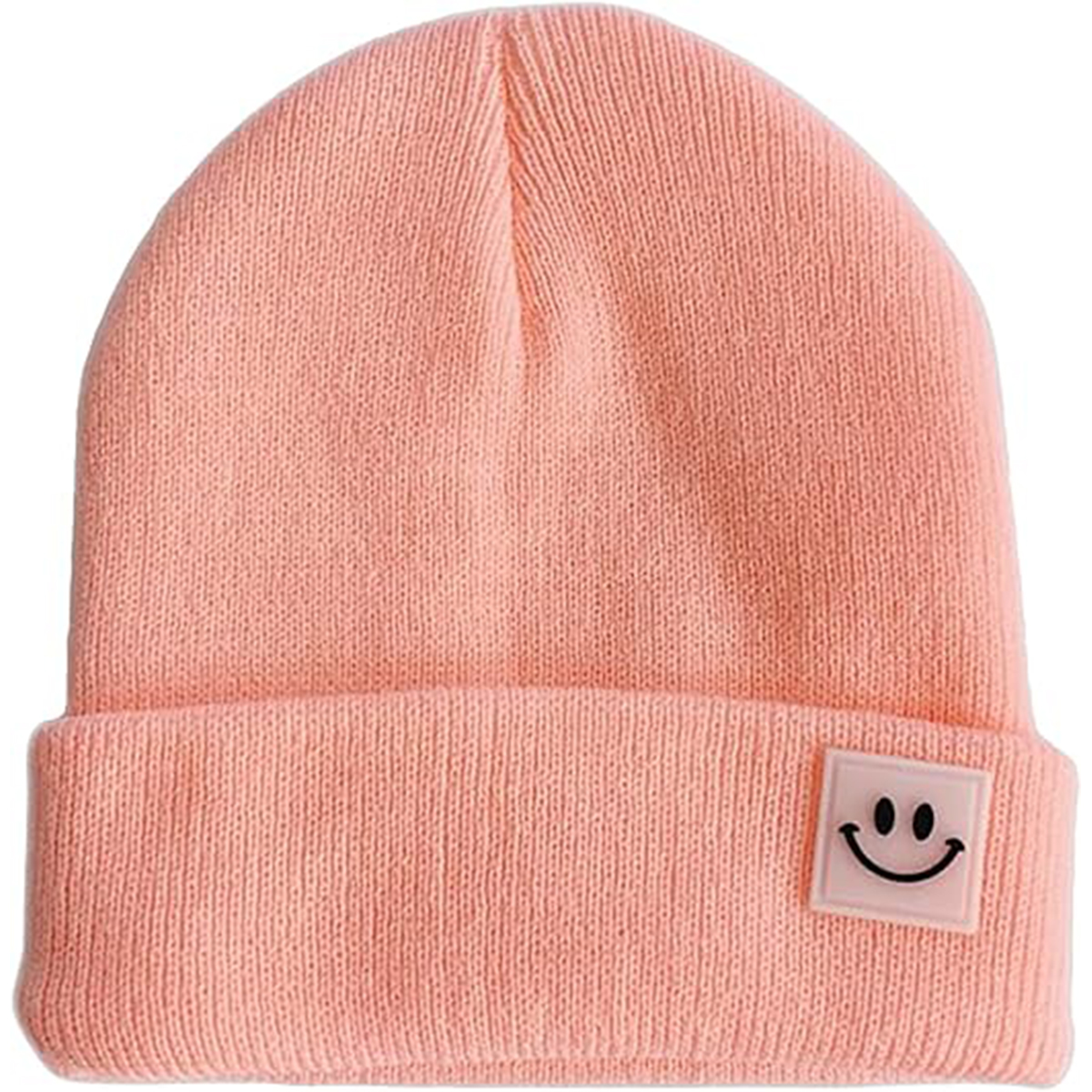As a parent, ensuring your child’s safety during travel is a top priority. A child safety seat is one of the most effective ways to protect your little one while on the road. Properly installed and correctly used, these seats significantly reduce the risk of injury in case of an accident.
At Baraka Babyshop, we understand the importance of high-quality safety products. That’s why we provide a wide range of child safety seats to suit every stage of your child’s growth, helping parents make informed and confident choices.
In this comprehensive guide, we’ll explore essential tips on selecting, installing, and maintaining a child safety seat to ensure maximum protection.
1. Why Every Parent Needs a Child Safety Seat
Protecting Your Child from Injury
Research shows that using a properly installed child safety seat can reduce the risk of serious injuries by up to 80%. Unlike a regular seat belt, which is designed for adults, child car seats provide the necessary support for infants and toddlers, preventing dangerous movement during sudden stops or collisions.
Legal Requirements for Child Safety Seats
Most countries have strict laws requiring children to be secured in an appropriate child safety seat. These laws vary based on age, height, and weight, ensuring that children are safely restrained as they grow. Failing to comply with these regulations can result in fines and, more importantly, increased risk to your child’s safety.
Car Seats vs. Baby Carriers: What’s Safer?
While a baby carrier is excellent for carrying infants outside the car, it is not a substitute for a child safety seat. Car seats are specifically designed to withstand crash forces, making them the safest option for road travel.
2. How to Choose the Right Child Safety Seat
Selecting the best child safety seat depends on your child’s age, weight, and height. Here are the main types available:
Baby car seat
Original price was: KSh 13,000.KSh 12,000Current price is: KSh 12,000.Carry Cot Car Seat
KSh 6,500Isofix Car Seat
KSh 17,000
Infant Car Seats (Rear-Facing)
- Designed for newborns and infants up to 2 years old.
- Offers the best protection for a baby’s head, neck, and spine.
- Always installed rear-facing for added safety.
Convertible Car Seats
- Suitable for infants and toddlers, allowing rear-facing and forward-facing installation.
- Cost-effective as they grow with your child.
Booster Seats
- For children who have outgrown their forward-facing car seat but still need extra height for a proper seat belt fit.
- Ensures the lap and shoulder belts fit snugly for maximum safety.
Key Features to Look for in a Child Safety Seat
When purchasing a child safety seat, consider:
- Safety certifications – Ensure the seat meets government regulations.
- Ease of installation – Look for models with clear instructions and a secure seat belt system.
- Adjustability – A seat that grows with your child provides better value.
- Comfort and durability – Padded seats and breathable materials make long rides more comfortable.
3. Proper Installation and Usage of a Child Safety Seat
Even the best child safety seat won’t provide protection if it’s not installed correctly. Follow these key steps:
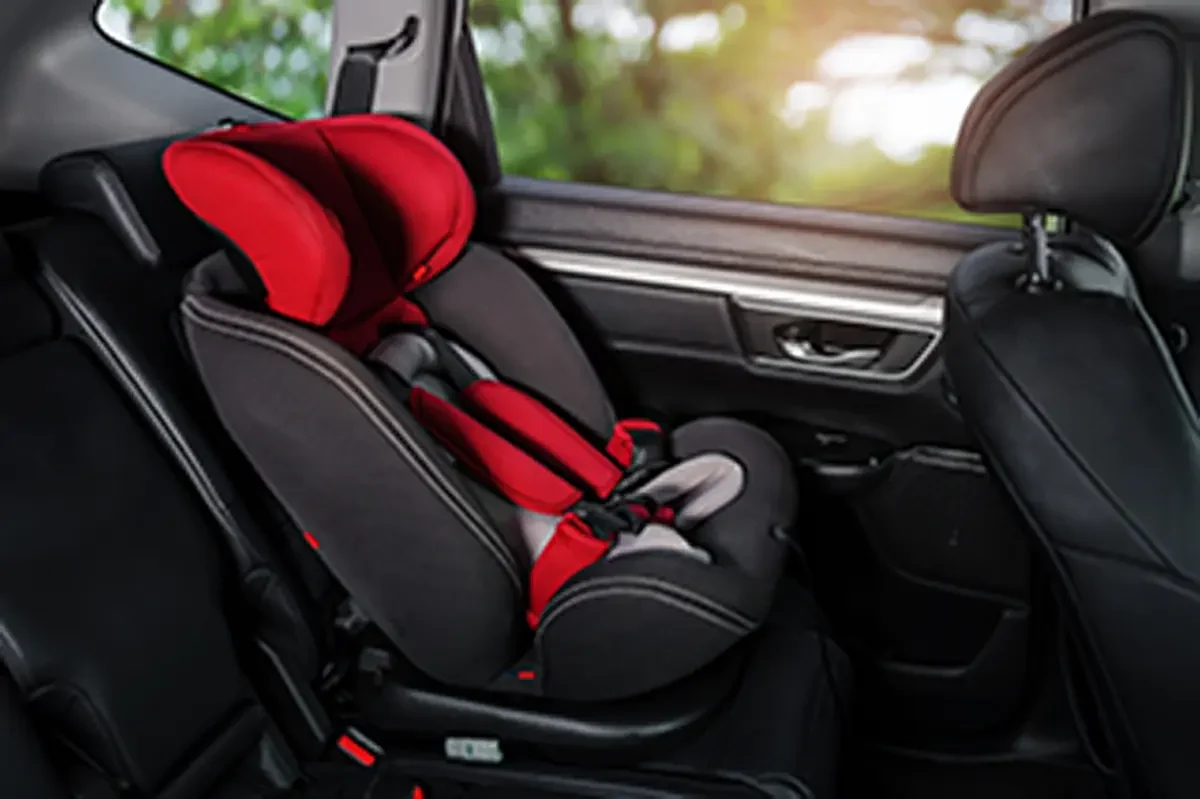
Step 1: Positioning the Seat
- For infants and young toddlers, always use a rear-facing child safety seat.
- Forward-facing seats should be positioned in the back seat of the car.
Step 2: Securing the Seat with a Seat Belt or LATCH System
- Most modern vehicles have a Lower Anchors and Tethers for Children (LATCH) system, which makes installation easier.
- If using a seat belt, ensure it is tightly secured with no excess slack.
Step 3: Properly Strapping Your Child In
- The harness straps should be snug but comfortable, with no twists.
- The chest clip should be positioned at armpit level to prevent slipping.
Common Installation Mistakes to Avoid
- Loose straps that compromise safety.
- Installing a rear-facing seat in the front seat.
- Using an expired or second-hand child safety seat without checking for recalls.
4. Child Safety Seat Maintenance and Safety Checks
To ensure your child safety seat continues to provide maximum protection, regular maintenance is essential.
Cleaning and Upkeep
- Use manufacturer-approved cleaning products to maintain fabric and padding.
- Wipe down plastic and metal components to prevent wear and tear.
Checking for Recalls and Expiration
- Child safety seats have expiration dates, usually between 6-10 years.
- Register your seat with the manufacturer to receive recall notifications.
When to Replace a Child Safety Seat
- If the seat has been involved in an accident, replace it immediately.
- If the harness no longer fits properly, upgrade to the next size.
5. The Benefits of Buying a Child Safety Seat from Baraka Babyshop
At Baraka Babyshop, we are committed to providing high-quality child safety seats that meet global safety standards.
Why Choose Us?
- Certified and crash-tested seats for all age groups.
- Expert guidance to help you find the perfect fit.
- Affordable pricing and exclusive discounts on top brands.
- Reliable after-sales support to assist with installation and maintenance.
6. Additional Safety Tips for Parents
- Always buckle up! Even for short trips, ensure your child is securely strapped in.
- Never leave a child unattended in a car, even if they are strapped in.
- Avoid using bulky jackets under the harness, as they can affect the fit.
- Regularly inspect the seat belt system to ensure it functions correctly.
7. Final Thoughts for Baraka babyshop
A child safety seat is one of the most important investments you can make for your child’s well-being. Choosing the right seat, installing it properly, and maintaining it ensures maximum safety and peace of mind.
At Baraka Babyshop, we offer a wide selection of child safety seats, baby carriers, and other essential baby gear to make your parenting journey safer and easier.
